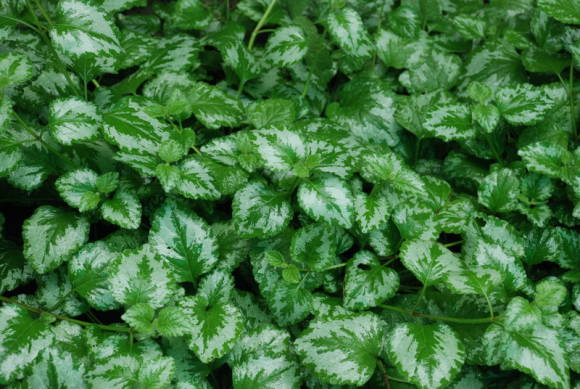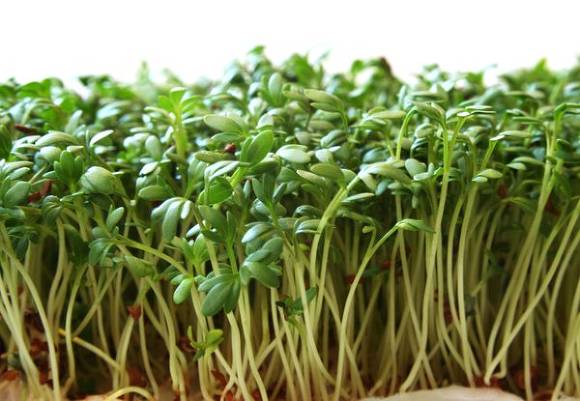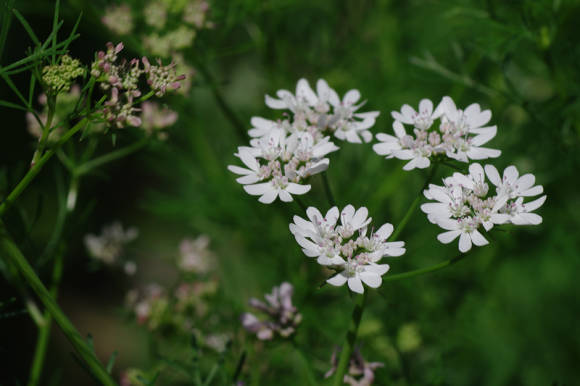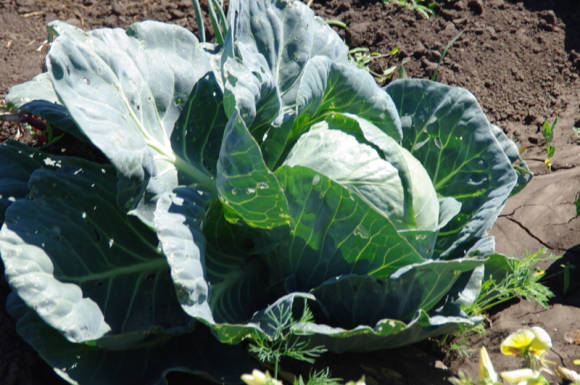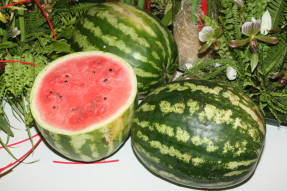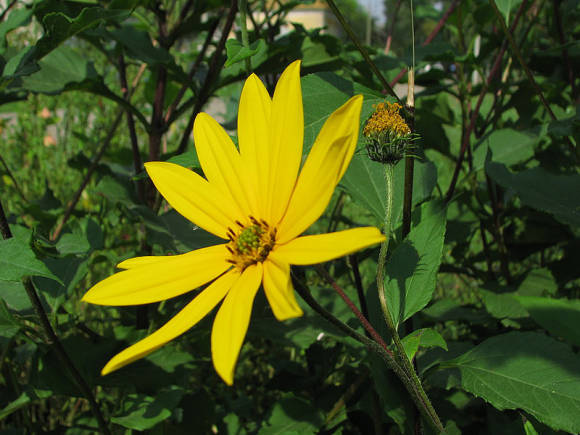
When treating large wounds in fruit trees, it is possible to transplant a piece of bark onto wounds from a donor (unnecessary) tree of the same species.
Such plastic surgery is quite rare, although it is not difficult to perform it if an amateur gardener has vaccination skills. So, in this way, the gardener D.L. Alferov at the end of the 19th century. Such vaccinations have been described in classic foreign works: H.T. Hartman and D.E. Koestler "Reproduction of garden plants", Moscow, Selhozizdat, 1963 and R.J. Garner "Guidelines for grafting fruit crops", Moscow, Selhozizdat, 1962. In 1957, the method was described in detail by MM. Ulyanishchev (MM Ulyanishchev "Apple tree", Moscow, Selkhozizdat, 1957), and later his description appeared in other Soviet publications.
Bark transplant technique
In the spring, at the beginning of sap flow, depending on the size of the wound, one patch or several strips of bark are applied. To do this, a template is cut out of a thin bending cardboard, the wound of the damaged tree is trimmed to fresh bark, and a corresponding cut is made according to the template at the site of the wound of the damaged tree. Then a piece of bark is cut out according to the same template from an unnecessary trunk, or a bitch, or from a wild. The bark is cut out so as not to damage the wood. The bark cut from a healthy tree is removed and quickly applied to the wound, observing the polarity of its growth. Nail it down with thin carnations. For a better adhesion of the surface, a tight twine tying is made through the entire "operating" field, after which the place of the cut is covered with garden putty or garden varnish and tied with plastic or polyvinyl chloride film.
Success depends on the speed of the operation, on the accuracy of the coincidence of the edges of the wound and the cut out according to the template and applied by the patch, on the cleanliness of the wound surfaces, on the compatibility of the tissues of the operated tree and the patch of the bark. Such an operation with a bark transplant is also advisable in case of ring injuries (ring podoprevanie, ring damage to the cortex by mice).
A number of authors recommended a similar transplantation of a bark ring from clonal dwarf rootstocks and with a ring flip from a native tree to obtain, for example, dwarf apple trees.
Studies of bark ring transplantation in apple trees have shown that the growth and fruiting state of trees with grafted bark rings are determined by a whole complex of factors: the influence of the grafting method itself, the formation and degree of growth of bridges of its own tissues, the incompatibility of the variety and ring tissues, in some cases - the incompatibility of the variety with the stock -seedling.
In the year of ring grafting, the growth lag of all re-grafted trees is noted. The decrease in growth is associated with a violation of the vascular connection: when the bark is removed, in all cases, the outer layers of the wood are cut in some part. At the same time, blockage of the elements occurs, which often reaches the middle, and also extends above and below the incisions. The blockage of wood of the variety in the grafting zone affects the growth of trees for two to three years. As the tissues of the ring, deposited by its cambium, grow, the function of conduction passes to them. The bridges of their own tissues arise due to the activity of the cambium of the variety, onto which a ring of bark removed from another tree is grafted. In this case, the bridges differ in their place of position: bridges along the seam; bridges formed in the breaks of the bark of the grafted ring; false or stalled bridges. Depending on the length, the bridges are full (they break through the grafted ring of the bark more often along the seam, so that the upper and lower tissues of the variety are closed) and incomplete - they arise at the upper edge of the ring. The formation of full bridges leads to the restoration of a direct connection between the parts of the variety, as a result of which the influence of the ring decreases or completely disappears.With increasing age of trees, the bridges can be traced better, often by the age of 7–8 years, occupying about 60–70% of the circumference of the trunk.
In addition to the bridge along the seam, the grafted ring can break through with two or three bridges, which can be "complete" and "incomplete". The strongest and most numerous bridges are formed by grafting a bark ring from a dwarf clonal stock and an inverted bark ring. In this case, the rings are strongly "torn" by complete and incomplete bridges. Additional bridges are formed from meristematic foci at the upper ridge of the ring. The formation of these foci is observed in all cases and is the essence of the very method of grafting with a bark ring. Sections of the meristem in the center of the foci can give rise to younger bridges that break through the ring.
In 1960, I tried in my garden a method of treating large wounds by transplanting bark from other plants of the same species. The operations were performed on apple trees of different ages. The bark was taken from wild animals grown from seeds of the Anisik Omsk variety. The bark was transferred to both ordinary large wounds and ring wounds. All vaccinations were positive. During these years, I performed operations on an apple tree to remove, overturn and place the same ring on the same tree. Indeed, it turned out that in one of these trees the influence of the inverted bark ring ceased after a few years. That is, there was a breakthrough of the variety's own bridges, and the tree returned to its previous state before the operation. Therefore, such a return is quite possible both when transplanting a bark ring from dwarf clonal rootstocks, and when using an inverted bark ring.

